Federal agents have repatriated 90 percent of the Mexicans and 45 percent of the Central American adults who created the border crisis of 2014, but only a tiny share of the 2014 “Unaccompanied Alien Children,” according to September 2017 data reported by the Department of Homeland Security.
Another one-third of the Central American UACs and one-fifth of the Central Americans adults were ordered home by judges, but had fled into hiding, says the report by the Department of Homeland Security.
Overall, only about 2 percent of the 2014 Mexicans, 5 percent of the 2014 “Northern Triangle” Central Americans and 20 percent of the 2014 Central American UACs had been approved by judges to stay in the United States by last September, the report says. Those low approval numbers are far below the goals sought by progressives and many CEOs who are eager to welcome foreign migrants into the flooded blue-collar labor market.
The DHS report is based on data collected in September 2017, so the repatriation numbers are likely to be significantly higher by September 2018.
The clogged immigration courthouses ensured that judges were still working on legal claims filed by roughly 25 percent of the Central American migrants and 45 percent of Central American UACs, as of last September. Those courtroom delays were a big win for the Central American migrants, most of whom are working in blue-collar jobs, often to pay off smuggling debts to the cartels or to send money to their families at home.
These 2014 migrants are the people who delivered President Barack Obama’s 2014 border crisis to the nation’s TV screens. That crisis wrecked Obama’s poll ratings and helped sink the 2014 “Gang of Eight” cheap-labor-and-amnesty bill. The crisis also allowed millions of Americans to shake off elite pressure and to start looking for a 2016 political candidate who was willing to solve the migration crisis.
By subscribing, you agree to our terms of use & privacy policy. You will receive email marketing messages from Breitbart News Network to the email you provide. You may unsubscribe at any time.
Since his resulting election in 2016, and amid bitter establishment opposition, President Donald Trump and his deputies have launched a series of reforms that are sending most recent migrants home and may greatly reduce new migration during 2019 and 2020.
For example, many of the pending legal claims by the 2014 migrants will be rejected by judges in 2019 because of new rules and reforms established this Spring and Summer by Attorney General Jeff Sessions. He has hired more than 100 immigration-court judges, directed them to work faster, and ordered them to reject asylum claims that are based on fear of criminals’ violence or of domestic abuse.
The DHS report included charts showing how many of the migrant groups had been sent home by last September.
Ninety percent of Mexicans and 45 percent of Central American adults were home by last September. Roughly 65 percent of the Central American adults had been either deported or ordered deported by a judge.
Few of the “Northern Triangle” Central American migrants aged younger than 18 — dubbed UACs — had been sent home, but roughly 30 percent had been either sent home or ordered home. Only 20 percent were given “relief,” or allowed to stay.
Sessions has recently ended Obama’s practice of transporting smuggled UAC youths and children from the border to their illegal-immigrant parents via the shelters run by the Department of Health and Human Services. On Tuesday, Sept. 18, an official told Senators that enforcement officers had arrested 41 illegal migrants who tried to pick up their smuggled children from the HHS shelters.
Few of the so-called “family unit” migrants were sent home, partly because Obama made it much easier for them to claim asylum from violent spouses or criminal gangs. Most of the “family units” are people from the Northern Triangle countries of Honduras, Guatemala and El Salvador. However, half of the 2014 “family units” had been either ordered or sent home by last September, and less than 10 percent were allowed to stay.
Many of the 2014 migrants remained in hiding, partly because the GOP-led Congress has not fully funded President Trump’s request for deportation funding, despite the growing number of court-ordered deportations.
Overall, roughly 640,000 of the migrants who arrived in 2014, 2015 or 2016 remained in the United States, including 360,000 with pending court cases, while 936,000 migrants had been sent home.
The reported repatriation rate for 2014, 2015 and 2016 migrants was far above the repatriation rate for migrants who arrived in the 12 months up to October 2017.
Various legal loopholes and clogged courts ensured that only 1.4 percent of the 94,000 “family unit” migrants who arrived during 2017 were sent home by July 2018, according to agency data provided to Breitbart News.
Only 252 migrants of the 94,285 migrants were quickly returned to their home country, and just 1,095 were formally “removed” after legal adjudication and deported home, by the end of June 2018.
The data meant 92,938 of the 2017 family migrants — or 98.6 percent — were still in the United States as of June 30, 2018, up to 21 months after they arrived. Roughly 72,000 were still in legal proceedings, although only 4,279 were allowed to stay by June 2018.
DHS also released basic information about the status of 31,754 UACs who arrived in 2017:
In FY17, CBP apprehended 31,754 UACs from the Northern Triangle of Central America. Of those 31,753 illegal Central American alien minors, 98.2 percent remain in the country today (as of June 30, 2018).
Many of the remaining 2014 and 2017 migrants will be sent home because Sessions’ reforms are already accelerating the repatriation of prior migrants. For example, Justice Department data shows that Sessions’ immigration-court judges are allowing far fewer migrants to stay in the United States than were allowed in 2015 and 2016 by Obama’s judges.
The high acceptance rates in 2015 and 2016 were inflated because Obama’s judges “administratively closed” any migrants’ deportation cases. Many of those acceptance decisions will be reversed because Sessions has told judges they cannot “administratively close” case, and has told the agencies they should gradually put those case back into the immigration courts.
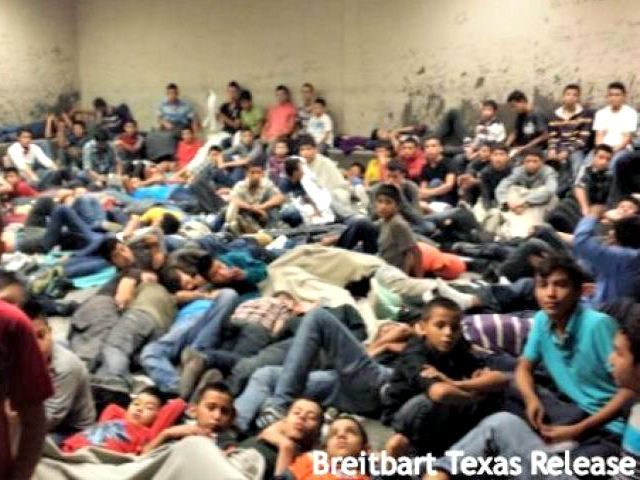
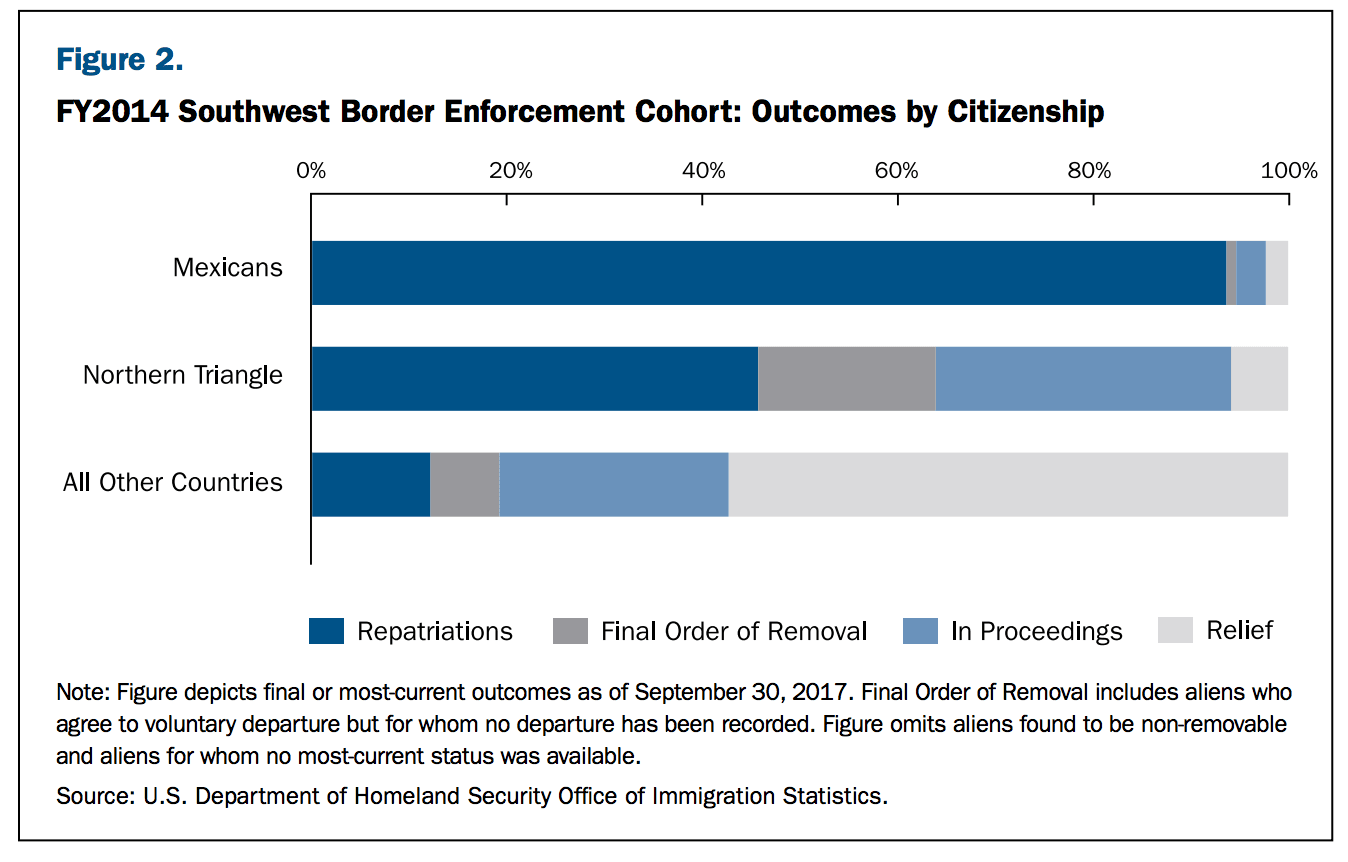
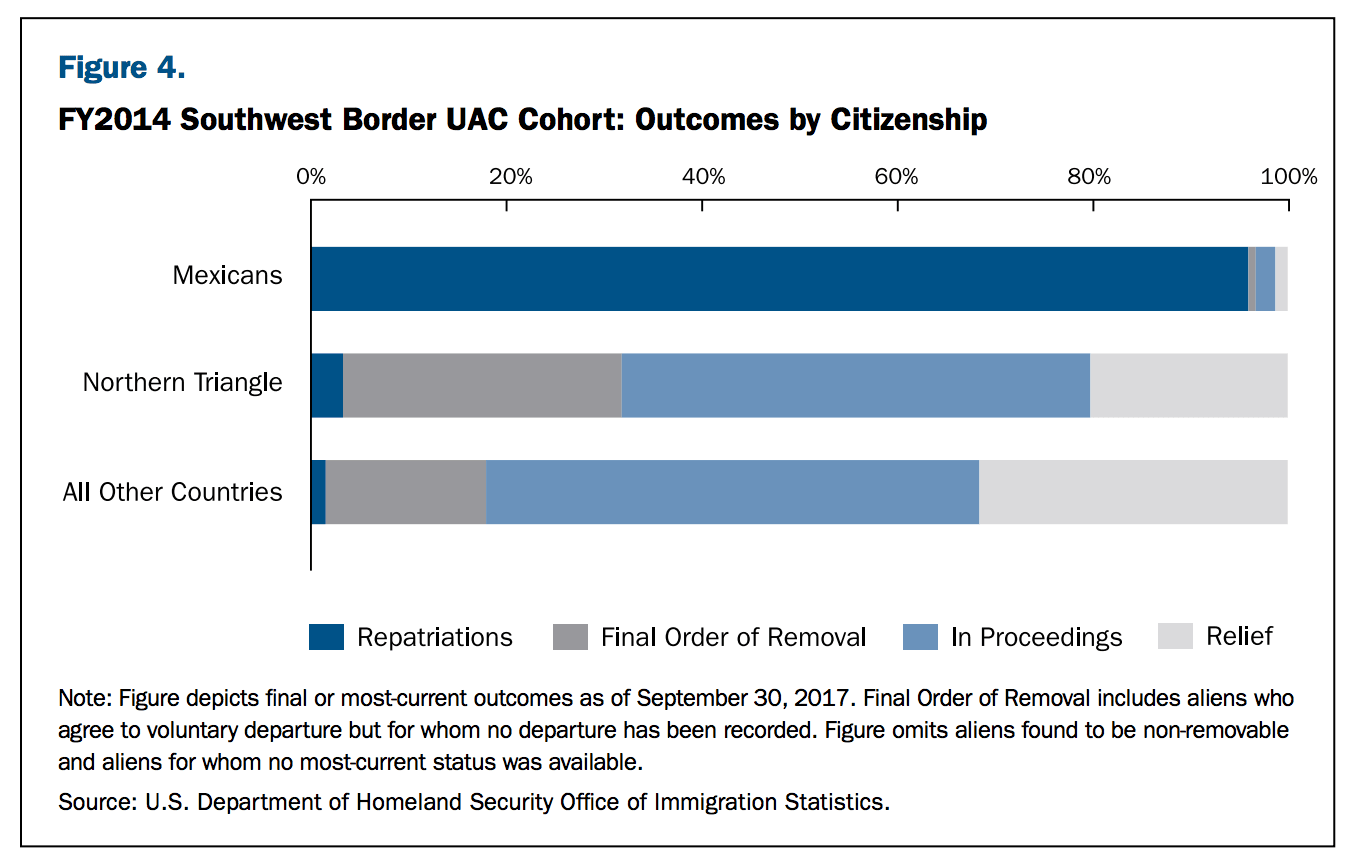

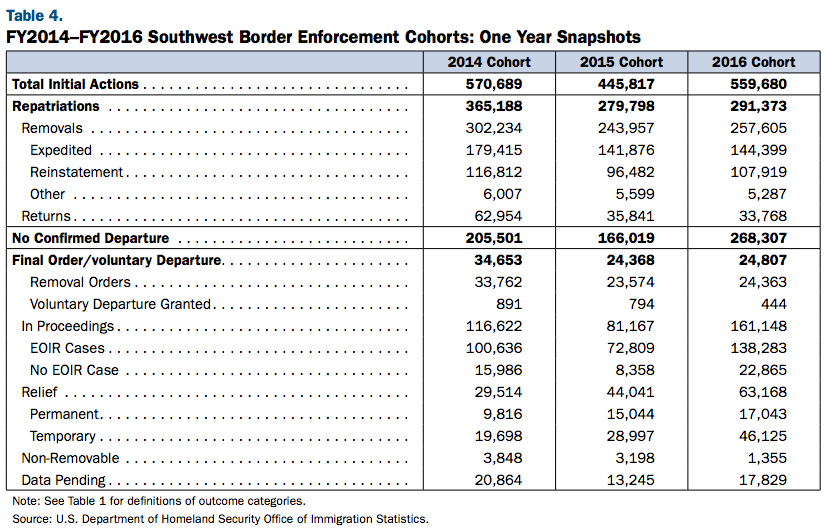
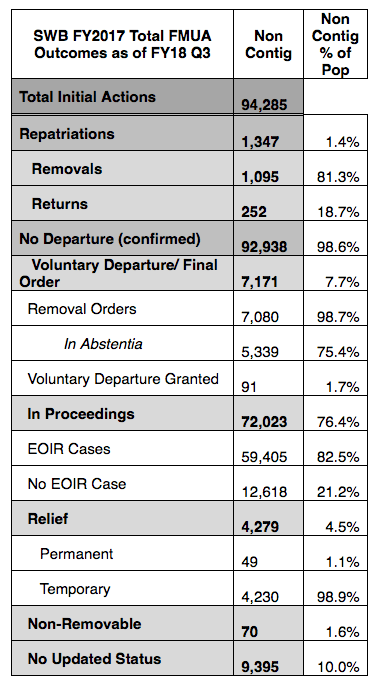
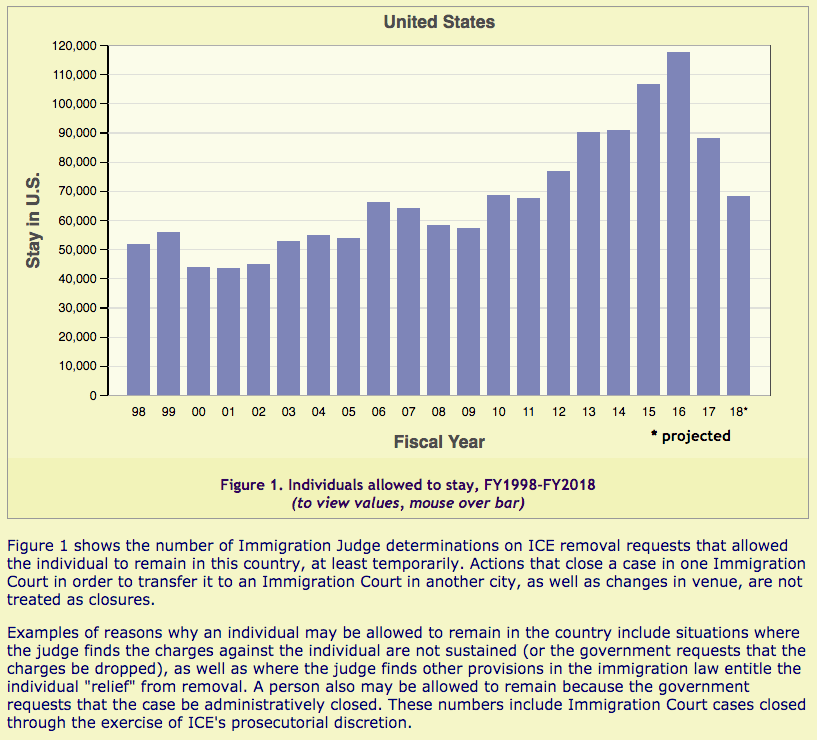
COMMENTS
Please let us know if you're having issues with commenting.